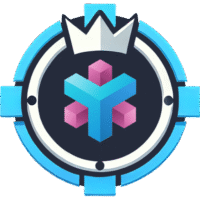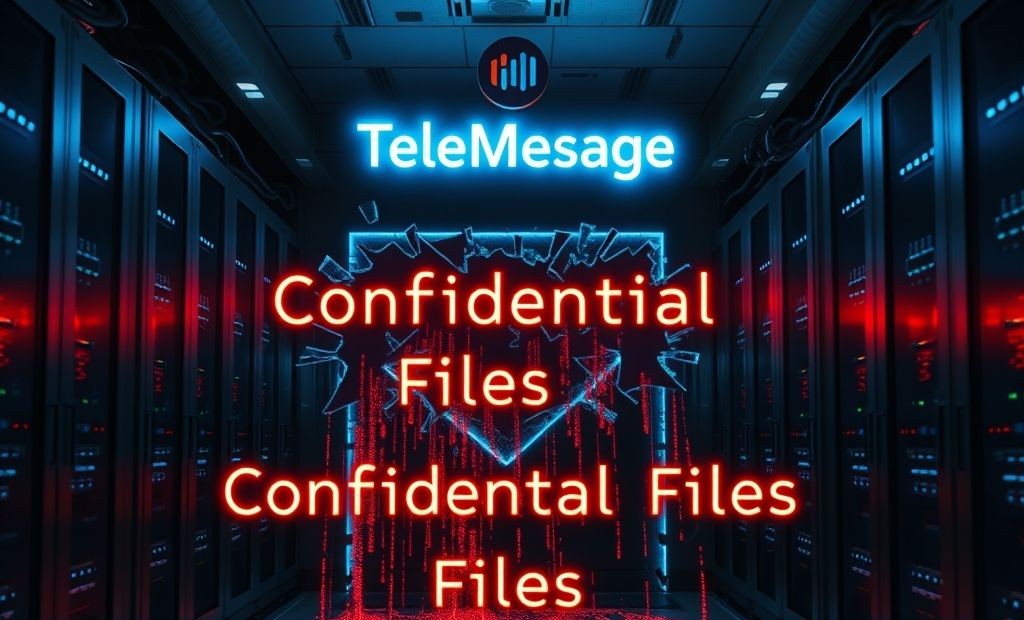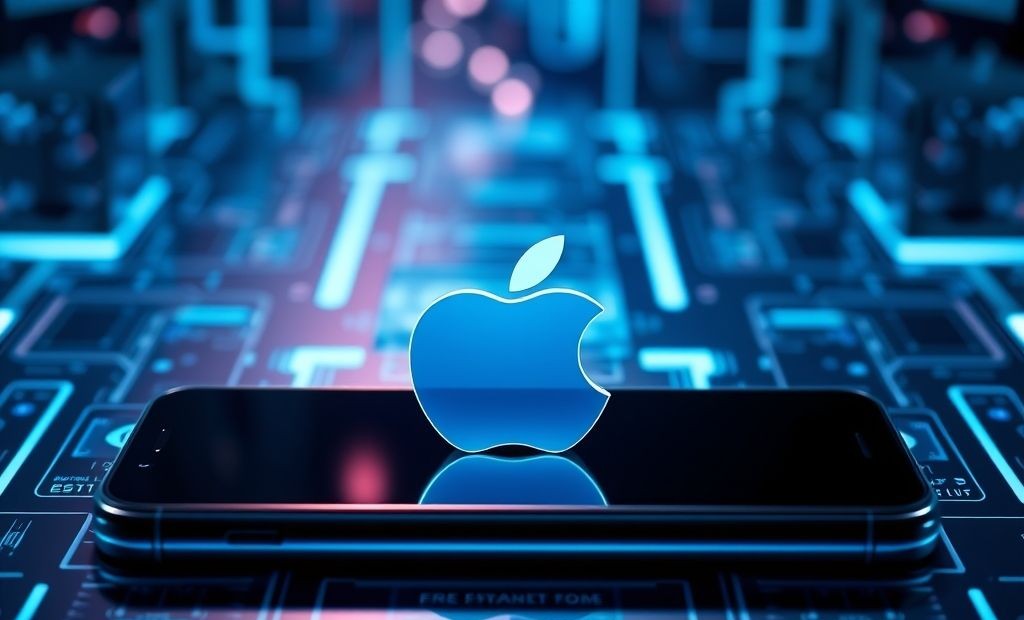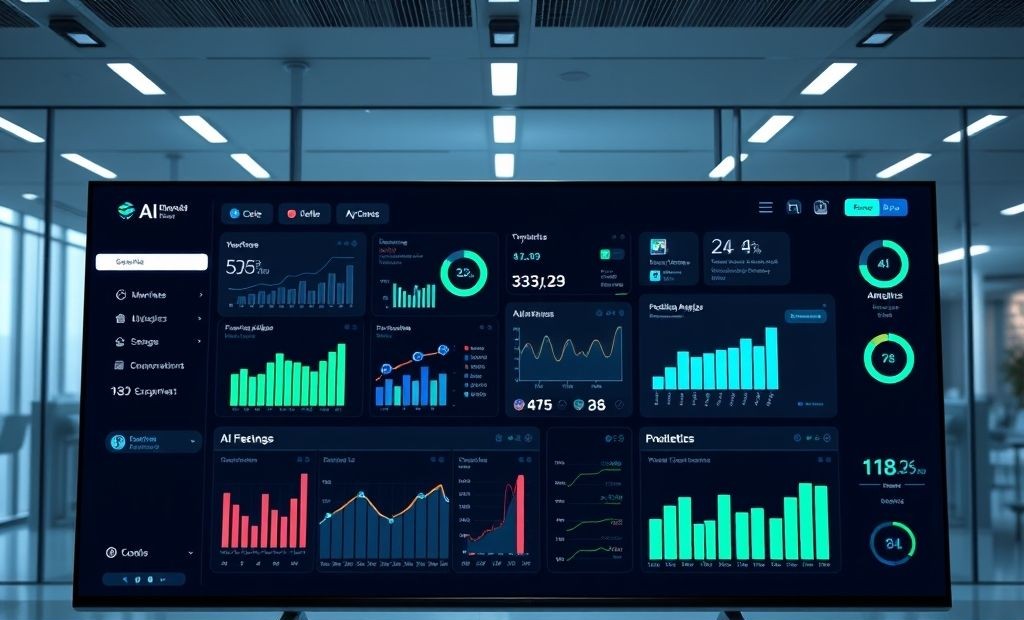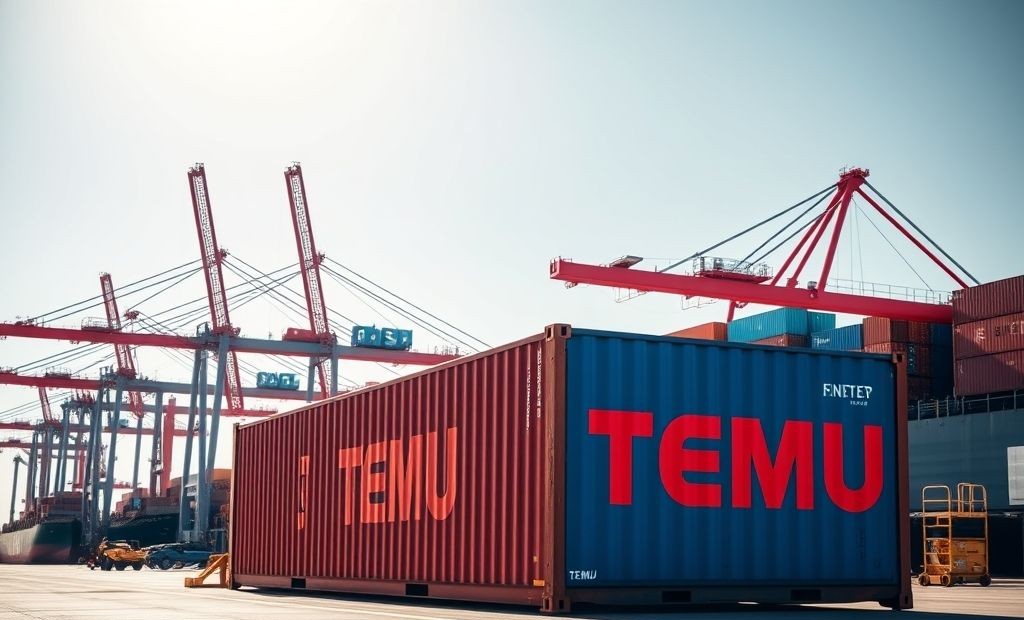AI Tools Streamlining Business Operations: Boost Efficiency Today
Artificial Intelligence (AI) is no longer a futuristic concept; it’s a present-day reality transforming how businesses operate. From automating routine tasks to providing deep data insights, AI tools are boosting efficiency, reducing costs, and unlocking new opportunities. Let’s explore some key AI applications that are revolutionizing business operations.
Customer Service Automation
One of the most significant impacts of AI is in customer service. AI-powered tools provide instant support, handle common inquiries, and personalize customer interactions.
Chatbots and Virtual Assistants
Chatbots and virtual assistants offer 24/7 customer support, resolving issues quickly and efficiently. They can answer frequently asked questions, guide users through processes, and even escalate complex issues to human agents. Tools like Dialogflow and Rasa help businesses build sophisticated conversational AI agents.
AI-Powered Email Management
AI can also automate email management, sorting, prioritizing, and even drafting responses to customer emails. This saves customer service teams valuable time and ensures that important inquiries don’t get overlooked. Platforms such as Zendesk and Salesforce Service Cloud incorporate AI features to enhance email support.
Data Analysis Platforms
AI transforms raw data into actionable insights, enabling businesses to make informed decisions, identify trends, and optimize strategies.
Predictive Analytics
Predictive analytics uses AI algorithms to forecast future outcomes based on historical data. This helps businesses anticipate customer behavior, identify potential risks, and optimize resource allocation. Tools like Azure Machine Learning and Google AI Platform offer robust predictive analytics capabilities.
Business Intelligence (BI) Tools
AI-powered BI tools automate data visualization, reporting, and analysis, making it easier for businesses to understand complex datasets. They can identify patterns, trends, and anomalies that might otherwise go unnoticed. Microsoft Power BI and Qlik are popular BI platforms that leverage AI to enhance data analysis.
Streamlining Operations with AI
Beyond customer service and data analysis, AI streamlines various other business operations.
Robotic Process Automation (RPA)
RPA uses AI-powered bots to automate repetitive, rule-based tasks, such as data entry, invoice processing, and report generation. This frees up employees to focus on higher-value activities. Tools like Automation Anywhere and Blue Prism are leaders in the RPA space.
Supply Chain Optimization
AI optimizes supply chain management by predicting demand, managing inventory, and improving logistics. This reduces costs, minimizes delays, and enhances overall efficiency. Companies like SAP and Oracle offer AI-driven supply chain solutions.
AI for HR
AI transforms HR processes from recruitment to employee engagement. AI algorithms can screen resumes, identify qualified candidates, and personalize training programs. Platforms like Workday and Ceridian integrate AI to improve HR operations.
Final Overview
AI tools are reshaping business operations across industries. From automating customer service to providing data-driven insights, AI offers businesses unprecedented opportunities to improve efficiency, reduce costs, and gain a competitive edge. By embracing AI, businesses can unlock new levels of productivity and innovation. As AI technology continues to evolve, its impact on business operations will only grow stronger, making it essential for businesses to stay informed and adapt to these changes.
